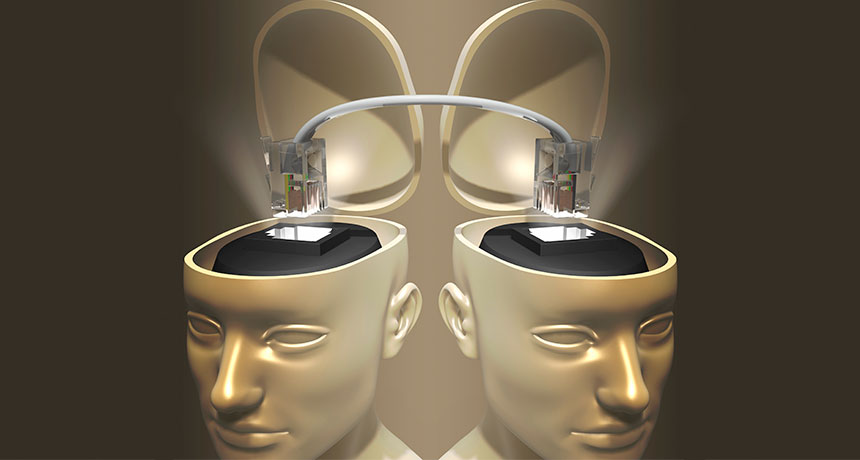Claim of memory transfer made 50 years ago
Excerpt from the August 21, 1965 issue of Science News Letter

MIND MELD Scientists' claims in the 1960s of transferred memories in rats were more fiction than fact.
ktsimage/iStockPhoto
Excerpt from the August 21, 1965 issue of Science News Letter

MIND MELD Scientists' claims in the 1960s of transferred memories in rats were more fiction than fact.
ktsimage/iStockPhoto